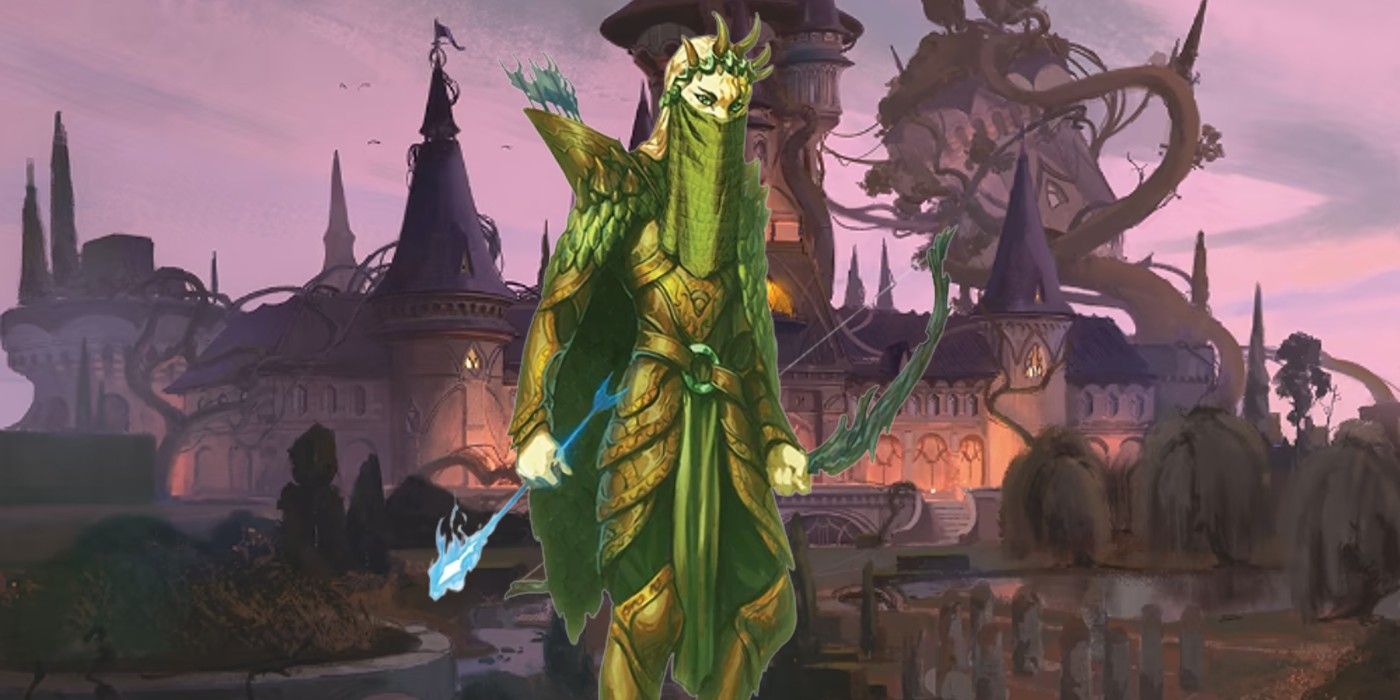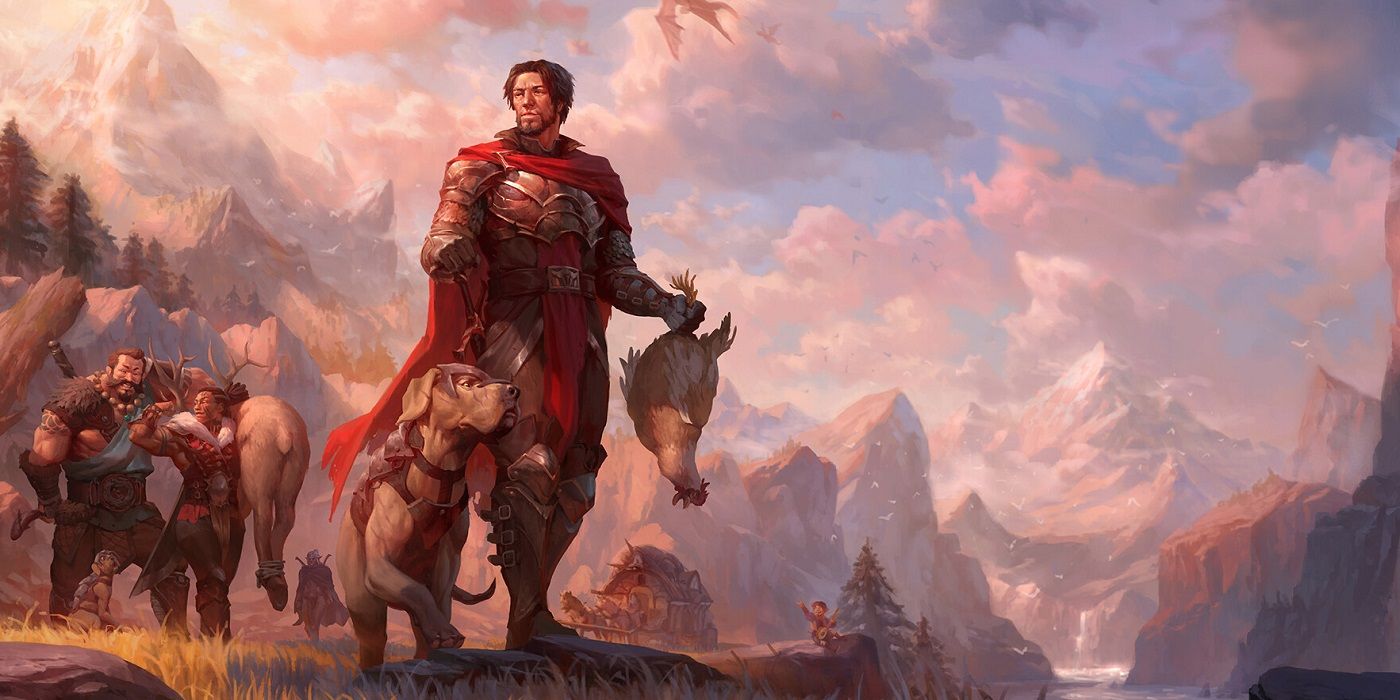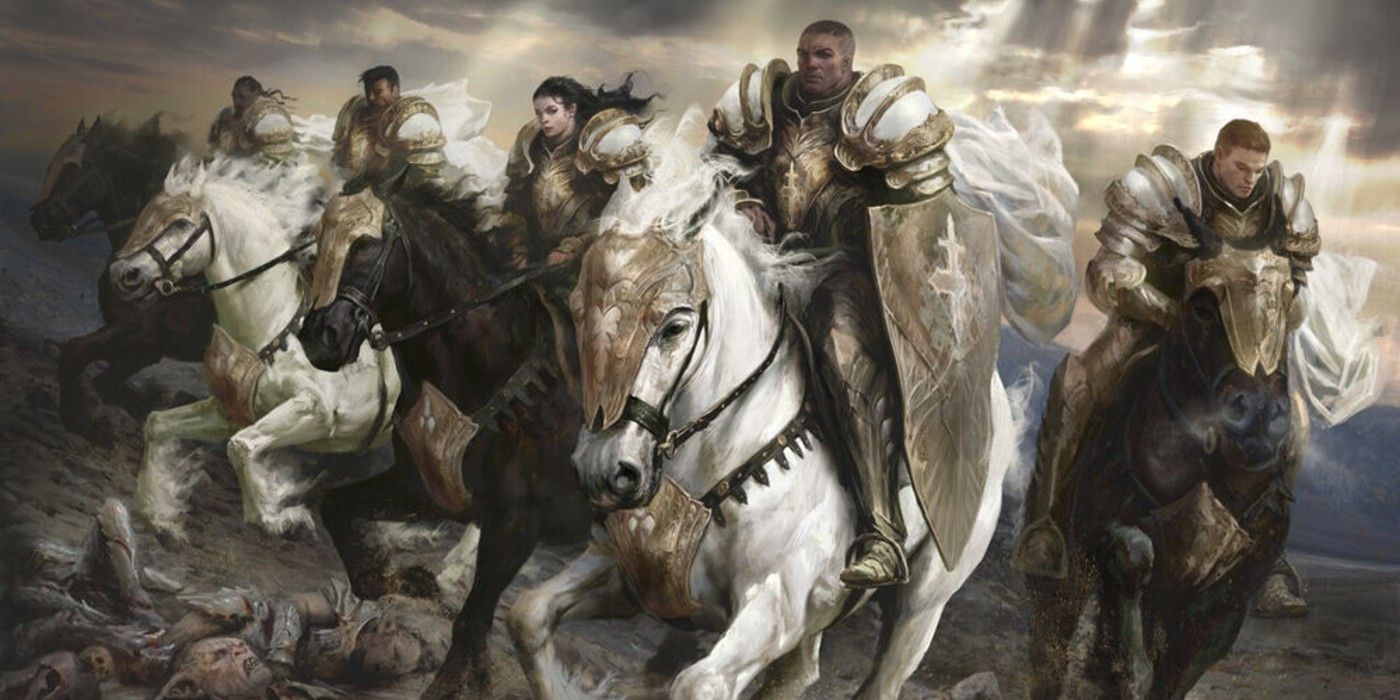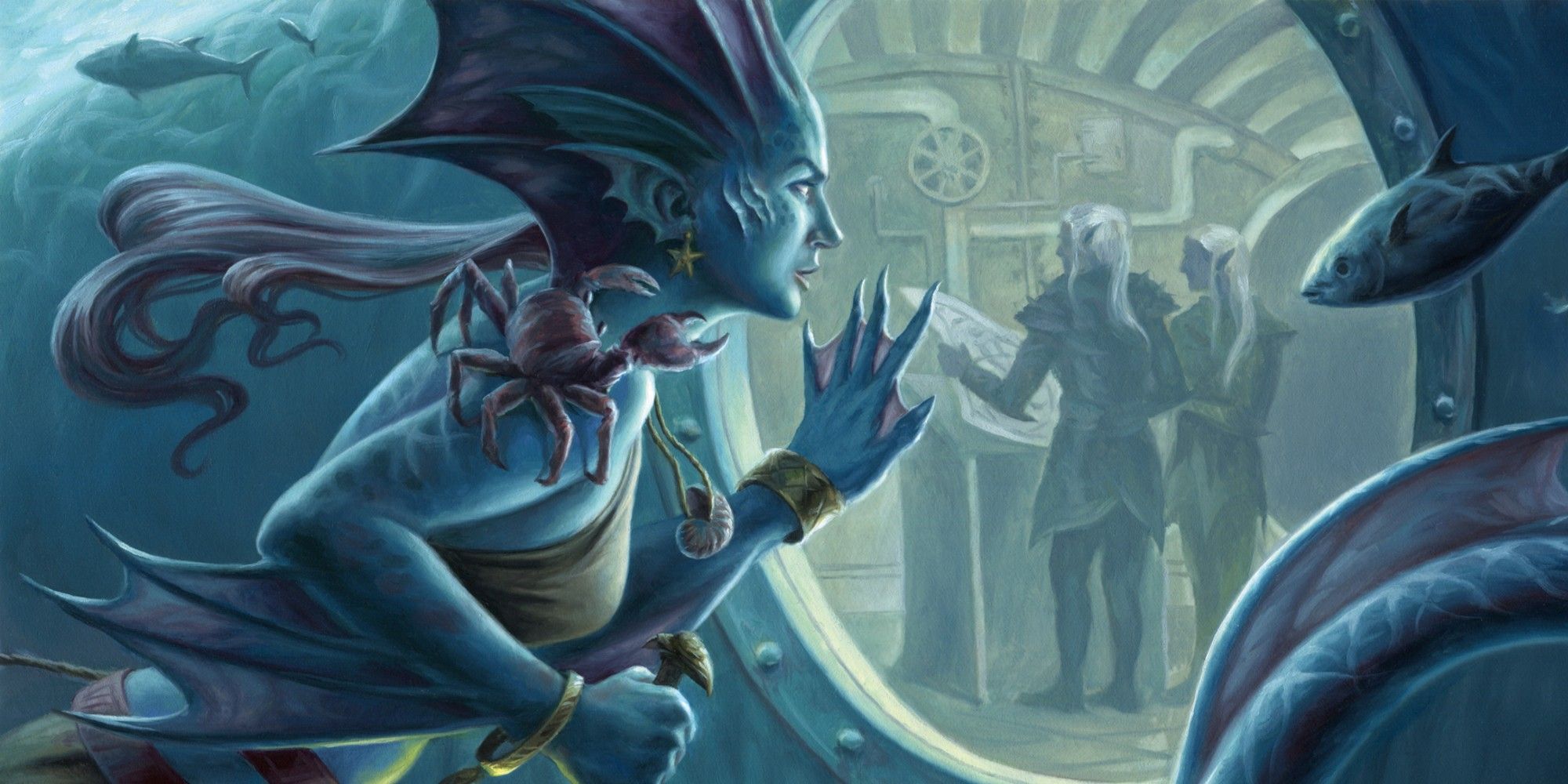Making characters is one of the most fun parts of Dungeons & Dragons, but there are some common mistakes that can sap a character's potential in a heartbeat. Designing a player character takes a lot of creativity, both in crafting character builds and backstories. A badly made character is bad for the game as a whole, so one should know how to avoid common pitfalls in character creation.
The player characters are the most important part of a Dungeons & Dragons adventure, for obvious reasons. Because the players use their characters to fight, interact, and do almost everything that drives the game forward, it is important to make sure that they are crafted to their highest potential. When a player has a well-designed character that they sincerely enjoy, they will feel more encouraged to roleplay during D&D sessions, improving the quality of the campaign for everyone. Good characters not only keep their player invested but the rest of the party as well.
Some of the issues that crop up in character creation can be identified quickly, and addressed by a knowledgeable DM and eager player. Leaving problems untouched can lead to an underwhelming character that will struggle when the time comes for them to take center stage, so it's better to make sure they are addressed. One must keep an eye out for these issues during the character creation process.
Characters With No Backstory Are Dull Dungeons & Dragons Adventurers
A character's backstory gives then an important boost of flavor. It explains how the character became who they are at the time that the adventure takes place. A character's backstory is a good indicator of how much thought was put into them, and making fun Dungeons & Dragons backstories is a big part of character creation. A character who has a bare-bones, cliché, or nonexistent background can be a bad sign.
There are a few reasons why a player could neglect their character's backstory. The most benign examples are new players that didn't think to include one.
It's also possible that the player spent so much time molding their stats and skills that they forgot about their character's background. However, the biggest danger for a character with no backstory is a player who is not interested in roleplaying. Roleplay is vital in Dungeons & Dragons, because it takes the game from being a collection of connected fights and setpieces into a full story starring the player characters. If everyone is not on board with playing, then the story and the game suffer greatly as a result.
With so much strange lore in Dungeons & Dragons, characters have a wealth of sources for potential backstories. If a player's character does not have a backstory, the DM should prompt them to come up with a few ideas, or even help out themselves if the player is truly stumped. Given how much a character's backstory can influence their development and actions, it's an important part of what makes a character. Without a good backstory, a vital piece is missing.
Too Many Characters In The Same Niche Creates An Unbalanced D&D Party
The nearly endless variety of characters that one can make or encounter in Dungeons & Dragons is one of the game's selling points. This includes not only the world that the DM creates, but the party that the players put together as well. There is an incredible amount of combinations one could make with character races and classes. That can make it a bit bizarre when many players try to occupy the same character archetype. Unlike starting D&D player characters as commoners, the whole party aiming for a similar skillset not only does this limit the party's utility, but also their scope of interactions.
A well-designed D&D party should be able to cover each other's weaknesses and make a well-rounded team. For example, two melee combatants, a ranged attacker, a magic-user, and a healer is a balanced design. It gives the party plenty of options for any threat. However, if a party were to include only four melee fighters, then they have no real options for dealing with enemies or obstacles that can't be dispatched through direct brute force. Not to mention, a party who all have roughly the same skills and goals would be difficult to design interesting encounters and interactions for.
It's true that there are some campaigns with character restrictions, like pacifistic Dungeons & Dragons campaigns. However, players should still seek to design their parties with a diverse set of characters and skills even in such situations. Variety is one of the things that makes the game exciting, and a party that embraces that will not only have more interesting adventures, but be better prepared for them as well.
A Dungeons & Dragons Character Needs A Specialty
When creating a character in D&D, it's natural to worry about the potential weaknesses of one's character. However, covering for each other's weaknesses is what a good adventuring party should be doing as a group. If someone tries to make their character into a jack of all trades, they are likely to instead end up with no real strengths.
While optimizing D&D characters isn't always necessary, giving a character a role that they excel at gives them a definite role in the party. For example, a fighter with several skills and feats that support their preferred fighting style will be. That is not to say that a character can't have a twist to them. For example, a barbarian could have a secondary talent for stealth, or a sorcerer could double as the party's mouthpiece and social expert. If a player tries to cover a lot of different skills with just one character, they will be spread too thin to be truly effective.
It's okay to have an archer who performs poorly in melee combat, because melee isn't where they should be. Having a character specialize in one role means that when their skills are necessary, they will be the best possible option for the job. Even Dungeons & Dragons' worst class and race combo can be made useful with a sufficiently creative player. Trying to do everything will never be as useful as a character with a definite skill of their own.
Crafting a D&D character takes a lot of care. It requires a creative mind, as well as coordination with the party to create characters that not only work well together, but have good dynamics among them. By avoiding making these simple mistakes in the character creation process, the player is already n their way to a grand Dungeons & Dragons campaign.




